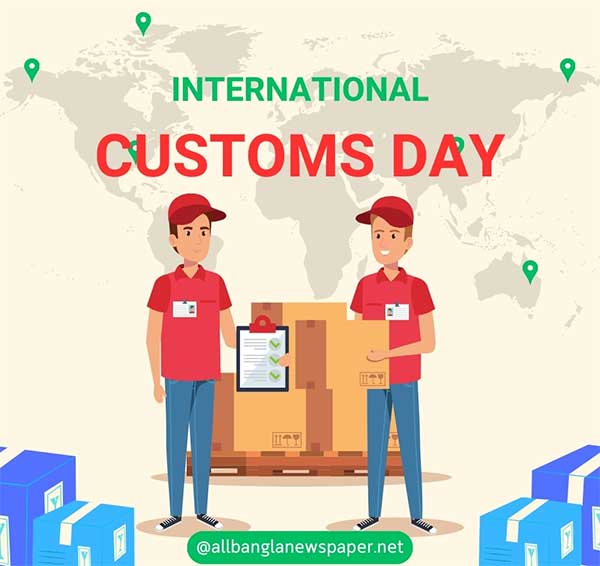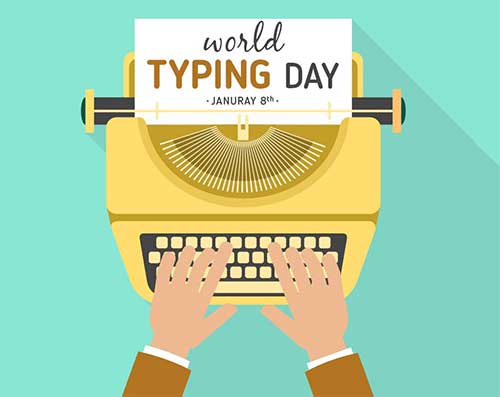
The International Day for the Elimination of Violence against Women is an essential occasion dedicated to raising awareness, promoting advocacy, and fostering actions to combat violence against women worldwide. Observed annually on November 25th, this day is more than a mere calendar event; it is a global call to action, urging individuals, communities, and governments to challenge the societal norms that perpetuate gender-based violence.
Understanding the Importance of the International Day for the Elimination of Violence Against Women
Violence against women is a widespread issue that affects millions globally. The United Nations recognizes this day as an opportunity to spotlight the severity of the problem and the critical need for collective efforts to eradicate it. From domestic abuse to human trafficking, the forms of violence women endure are diverse, yet they share a common thread—deep-rooted inequality.
The Scope of Violence Against Women
Violence against women takes on many forms, including but not limited to:
• Domestic Violence: Physical, emotional, or psychological abuse within intimate relationships.
• Sexual Violence: Harassment, assault, or exploitation.
• Human Trafficking: Exploitation through forced labor or sexual slavery.
• Cultural Practices: Harmful traditions such as female genital mutilation (FGM) or forced marriages.
These issues are not confined to any specific region or culture. They transcend borders and affect women of all ages, races, and socioeconomic backgrounds.
The Historical Context Behind the Day
The International Day for the Elimination of Violence against Women was established in memory of the Mirabal sisters, three activists brutally murdered in the Dominican Republic in 1960 for opposing the Trujillo dictatorship. Their story has become a symbol of resistance and advocacy for women’s rights worldwide.
In 1999, the United Nations officially designated November 25th as the day to honor their legacy and mobilize efforts to combat violence against women.
Global Campaigns and Movements Supporting the Cause
This day catalyzes numerous global campaigns and grassroots movements that aim to address gender-based violence.
• The UNiTE Campaign: Launched by the United Nations, this initiative calls for 16 days of activism starting on November 25th and culminating on Human Rights Day (December 10th). It highlights the need for structural changes and advocates for survivors’ rights.
• HeForShe Movement: Encouraging men and boys to stand against gender inequality and violence, this movement promotes solidarity in combating gender-based issues.
• Local Grassroots Efforts: Across the world, smaller organizations work tirelessly to provide support, shelter, and legal aid to survivors.
These efforts remind us that the fight against violence is collective, requiring participation at every level of society.
The Role of Education in Ending Violence
Education is a powerful tool for change. Addressing violence against women begins with dismantling the stereotypes and cultural norms that perpetuate it.
Awareness Campaigns
Schools, universities, and workplaces must prioritize discussions on consent, gender equality, and respectful relationships. By integrating these topics into curricula and training programs, society can challenge harmful beliefs early on.
Empowering Women through Education
Empowered women are better equipped to recognize and resist violence. Access to quality education helps women gain independence, break cycles of abuse, and contribute to decision-making processes within their families and communities.
Legal Frameworks and Policy Interventions
A robust legal framework protects women’s rights and holds perpetrators accountable. Governments worldwide must adopt and enforce laws that:
• Criminalize all forms of violence against women.
• Provide comprehensive support services for survivors, including healthcare, legal aid, and shelters.
• Train law enforcement agencies to handle cases with sensitivity and urgency.
International Treaties and Agreements
Global treaties, such as the Convention on the Elimination of All Forms of Discrimination Against Women (CEDAW), set important benchmarks for governments. These agreements emphasize the need for action to protect women and eliminate systemic violence.
The Intersection of Media and Advocacy
The media plays a pivotal role in shaping public perception and driving advocacy. It can amplify voices, share survivors’ stories, and promote campaigns to eliminate violence against women.
Responsible Reporting
News outlets and social media platforms must prioritize ethical reporting, avoid sensationalism, and respect survivors’ privacy. Accurate portrayals can help dispel myths and raise awareness.
Entertainment and Cultural Representation
Popular media, such as movies, television, and literature, have the power to challenge harmful stereotypes. Platforms that discuss topics like 'World Television Day Importance and How It Shapes Modern Society' often highlight the transformative potential of visual media in raising awareness about social issues, including violence against women.
Men’s Role in Combating Violence
While women are at the forefront of this battle, men's involvement is crucial. Patriarchal structures often place men in positions of power, making their support vital for systemic change.
Engaging Men as Allies
Programs that engage men and boys in conversations about respect, consent, and gender equality can lead to meaningful progress. By challenging toxic masculinity and promoting positive role models, these efforts lay the groundwork for a safer society.
Breaking the Cycle of Violence
Many perpetrators of violence grow up witnessing or experiencing abuse. Addressing this cycle through counseling, rehabilitation programs, and education can reduce future incidences of violence.
How Individuals Can Make a Difference
Everyone has a role to play in eradicating violence against women. Here’s how individuals can contribute:
• Educate Yourself: Learn about the issues and understand their complexities.
• Support Survivors: Listen without judgment and connect them to resources.
• Advocate for Change: Participate in campaigns, sign petitions, and vote for leaders prioritizing gender equality.
• Challenge Harmful Norms: Speak out against jokes, comments, or behaviors that perpetuate violence.
Small actions, when multiplied across communities, can create a significant impact.
The Future of the Fight Against Violence
While progress has been made, much work remains to eliminate violence against women entirely. The rise of digital platforms has brought both opportunities and challenges. On one hand, they provide tools for advocacy and education; on the other, they have become spaces where harassment and abuse can thrive.
Innovative Solutions
Technology can be harnessed to combat these challenges. Apps that connect survivors to resources, online platforms for reporting abuse, and data-driven approaches to policymaking are just a few ways innovation is supporting this cause.
Global Solidarity
The International Day for the Elimination of Violence against Women reminds us of the importance of global solidarity. By uniting across borders and cultures, we can amplify the message that violence in any form is unacceptable.
The International Day for the Elimination of Violence against Women is not just an observance—it is a call to action. By addressing the root causes of violence, supporting survivors, and advocating for systemic change, we can move closer to a world where women live free from fear and harm. This fight requires unwavering commitment and collective effort. Whether through education, media, policy, or grassroots activism, every step taken brings us closer to a future of equality and justice for all.



